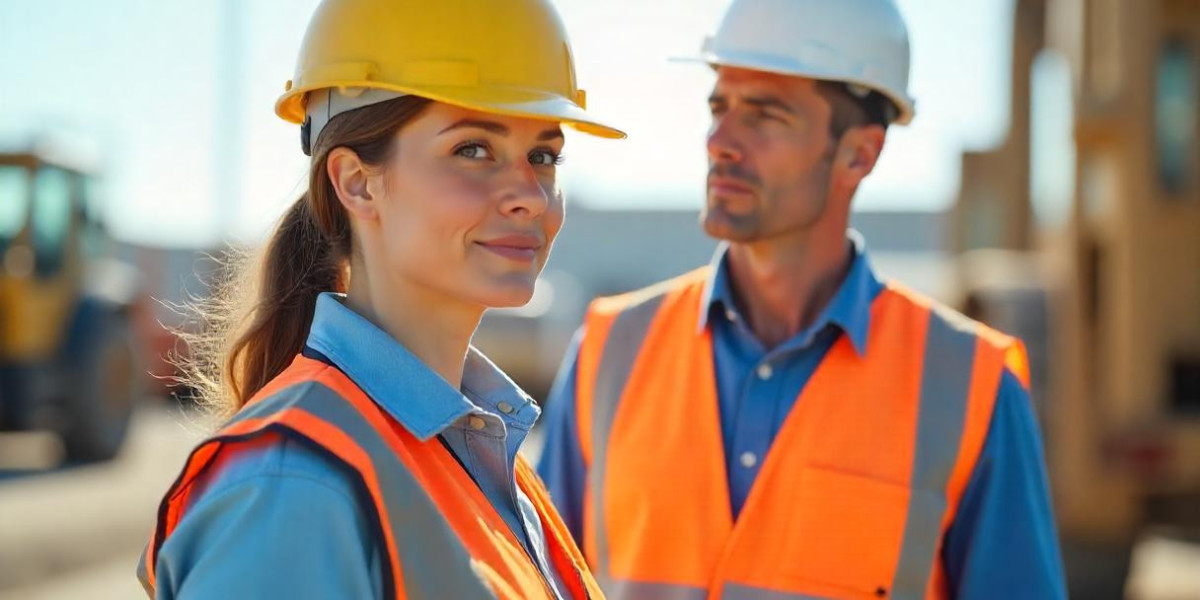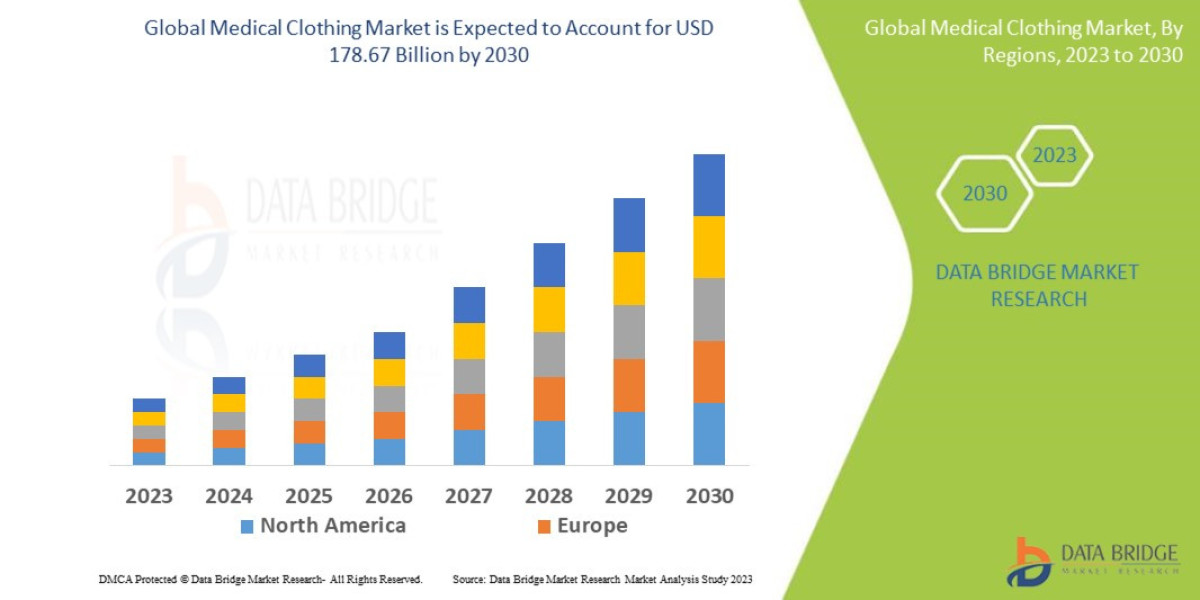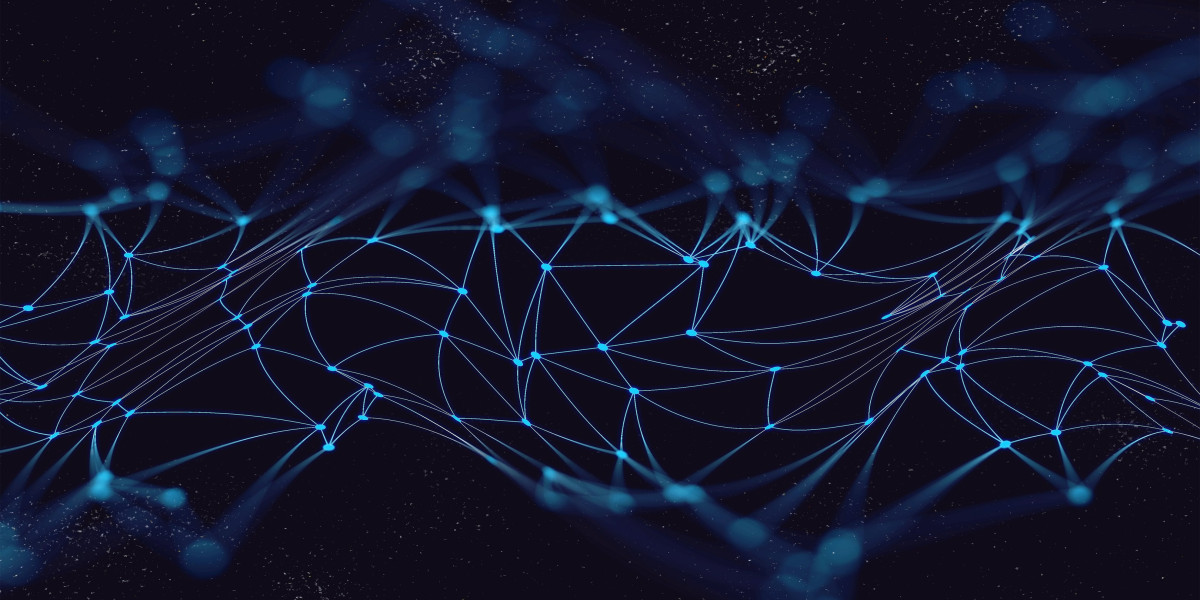Environmental hazards in the workplace are more than just compliance checkboxes—they’re real threats that can affect workers’ health, damage company reputation, and lead to legal trouble. Whether you're managing a construction site, factory floor, or a chemical plant, staying on top of environmental risks is crucial.
Modern businesses are increasingly adopting technology to monitor and manage these risks. Let’s take a close look at the most effective tools and techniques being used today to track environmental hazards and make workplaces safer.
Why Tracking Environmental Risks Matters
Imagine a worker in a textile plant unknowingly inhaling toxic fibers every day. The symptoms might start small—itchy eyes, occasional coughing—but years later, they might face severe lung conditions. This isn’t fiction; it’s real. And it could’ve been prevented with proper risk tracking.
Monitoring environmental hazards isn’t just a best practice; it’s often a legal requirement under workplace health and safety laws. Risk tracking protects employees, saves companies from fines, and promotes a culture of safety.
Now, with the rise of smart technologies, companies no longer need to rely on manual inspections alone.
A Quick Word on Professional Certification
Before diving into the technology itself, let’s touch briefly on workplace safety qualifications. Those aiming to enhance their understanding of environmental risks often explore certifications that cover these topics in depth. This is where professional training programs come in.
One of the top options globally is the NEBOSH certification. Although NEBOSH Fee varies by location and level of study, the value it offers in building safety expertise is considerable. These courses teach workers and safety officers to spot and manage hazards more effectively using both traditional and tech-based approaches.
Real-Time Air Quality Monitoring Systems
One of the most critical hazards in many workplaces is poor air quality—especially in manufacturing, construction, or chemical handling environments. To tackle this, companies are using:
Smart Air Sensors
These compact, wireless devices can be installed throughout a facility. They monitor:
Dust particles
Volatile organic compounds (VOCs)
Carbon monoxide and dioxide levels
Temperature and humidity
The data is sent in real time to a dashboard that safety managers can access. Alerts can be set for dangerous levels, prompting immediate action.
Anecdote: A food processing plant in Lahore reduced its staff respiratory complaints by 60% after installing smart air quality monitors. What started as a trial turned into a full-blown safety initiative.
Noise Monitoring Technology
Excessive noise is often overlooked but can cause long-term hearing damage. Today’s sound level meters and noise dosimeters are wearable, compact, and accurate.
How It Works
These devices continuously measure decibel levels throughout a shift. When exposure crosses safe limits, the data is logged and reviewed, helping managers make decisions like introducing quiet zones or providing better ear protection.
Thermal Imaging Cameras
Heat-related risks aren’t always visible. Overheating machines, electrical faults, or even excessive radiant heat can lead to fires or worker injuries.
Thermal cameras can “see” heat. Technicians use them to scan areas and detect hot spots before they become a real hazard. These tools are especially useful in:
Electrical panels
Boilers and machinery
Confined spaces
Gas Detection Systems
Many gases are colorless and odorless, making them extremely dangerous without the right tools. Technologies used here include:
Fixed Gas Detectors
Mounted in hazardous zones to continuously monitor for gases like:
Methane
Ammonia
Hydrogen sulfide
Portable Gas Detectors
Worn by workers who enter confined spaces or areas with suspected gas leaks. These tools can literally save lives by warning users of invisible threats.
Step-by-Step Example:
Worker wears a portable gas detector.
They enter a confined space (like a storage tank).
The detector picks up a dangerous gas.
It sends a loud alarm and vibration signal.
The worker evacuates immediately.
Water Quality Monitoring Devices
For industries where clean water is crucial—like pharmaceuticals or food production—tracking water contamination is essential. These systems test:
pH levels
Chemical residues
Microbial content
They offer real-time alerts and reduce the delay in identifying pollution issues that could lead to large-scale product recalls or health violations.
Environmental Data Management Software
All this data—air quality, noise, heat, gas, water—needs to be collected and analyzed. That’s where environmental data software platforms come in. These platforms help:
Aggregate data from various sensors
Create compliance reports
Predict future risks through trends and AI
Many of these tools can integrate with broader workplace safety software, allowing safety officers to make informed decisions in real time.
Anecdote: At a garment factory, integrating environmental software led to the early detection of a ventilation failure. The issue was fixed before air quality dropped to harmful levels—potentially saving dozens from exposure.
Drones for Hazardous Inspections
In large or risky worksites, especially in oil and gas or mining sectors, drones are now being used for safety inspections. These unmanned aerial vehicles can:
Monitor spills
Detect chemical leaks
Scan for structural damage
They reduce the need for humans to enter potentially dangerous zones.
AI and Machine Learning in Risk Prediction
Artificial Intelligence is beginning to play a major role in predicting workplace hazards. By feeding historical data into AI systems, companies can:
Predict when equipment might fail
Spot patterns in air or noise levels
Forecast high-risk weather conditions
This proactive approach allows safety measures to be taken before an incident occurs.
Smart Wearables for Workers
Today’s smartwatches and wearable sensors do more than count steps. In high-risk workplaces, they can:
Monitor vital signs (like heart rate and body temperature)
Send emergency alerts if a worker falls or collapses
Track exposure to environmental stress over time
These tools provide an added layer of safety for frontline workers.
Implementing Technology: A Step-by-Step Guide
Here’s how organizations can start adopting these technologies:
Step 1: Assess Workplace Hazards
Conduct a thorough risk assessment. Identify what environmental risks are present—airborne toxins, noise, gas, etc.
Step 2: Choose the Right Technology
Match the hazard to the tool. For example:
Poor air = Smart air sensors
Confined space work = Portable gas detectors
Noise exposure = Noise dosimeters
Step 3: Pilot Test the Tools
Start small. Run a test in one department or work zone.
Step 4: Train Staff
Ensure all employees know how to use the technology and respond to alerts.
Step 5: Monitor and Adjust
Use collected data to improve your safety strategy over time.
The Role of Training and Certification
Technology alone doesn’t ensure safety—people do. That’s why training and awareness remain key. Enrolling in professional development programs related to occupational safety, like NEBOSH, gives individuals the knowledge to understand, use, and act upon the data these technologies provide.
For those concerned about the NEBOSH Fee, it’s essential to think of it as a long-term investment in workplace wellbeing. Many employers are even willing to sponsor staff due to the value they gain from trained professionals.
Read more about NEBOSH Fee and how to choose the Best NEBOSH Institute in Pakistan to get the most value from your certification.
Final Thoughts
Technology has revolutionized how we manage environmental risks in the workplace. From sensors that sniff out invisible gases to AI that warns of potential danger, these innovations are more accessible than ever before.
But remember, no tool can replace the value of educated human judgment. When technology meets trained professionals, workplaces become not just safer, but smarter.
If your organization hasn’t yet explored these technologies, now is the time to start. Your emplo








